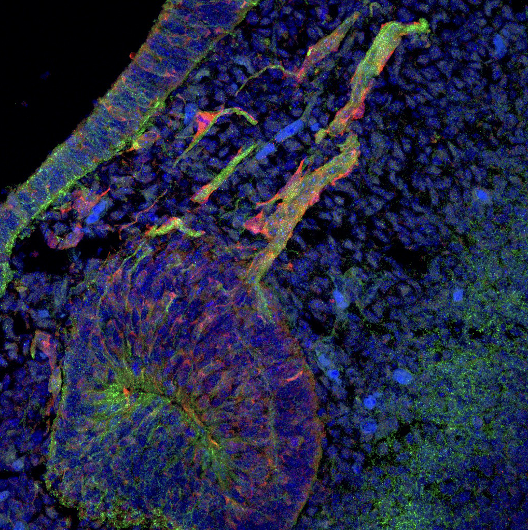The main focus of the lab is understanding the cellular and molecular mechanisms that control the development of the GnRH-secreting neurons that control reproduction, with the ultimate goal to identify and functionally characterise genetic mutations involved in related forms of neurodevelopmental disorders. In particular, the laboratory studies since several years the role of a particular class of signalling molecules-semaphorins-in the development of the GnRH and olfactory neuronal systems. During development, GnRH neurons are in fact born in the nasal placode and migrate along intermingled olfactory and vomeronasal axons to reach their final destinations in the hypothalamus. Defects in the development of such neurons and axons could lead to genetic disorders characterised by GnRH deficit such as Kallmann Syndrome (KS), Hypogonadotropic Hypogonadism and CHARGE syndrome. Our research studies had led to the identification of semaphorins as key factors in the development of GnRH neurons, by predicting/characterising mutations in genes found in patients affected by these disorders. More recently the laboratory is pursuing a new research line aimed at understanding the molecular mechanisms involved in the pathogenesis of CHARGE syndrome, which shares some apsects with KS and HH. In particular the lab is interested to understand the possible genetic interactions between CHD7 and semaphorins.


